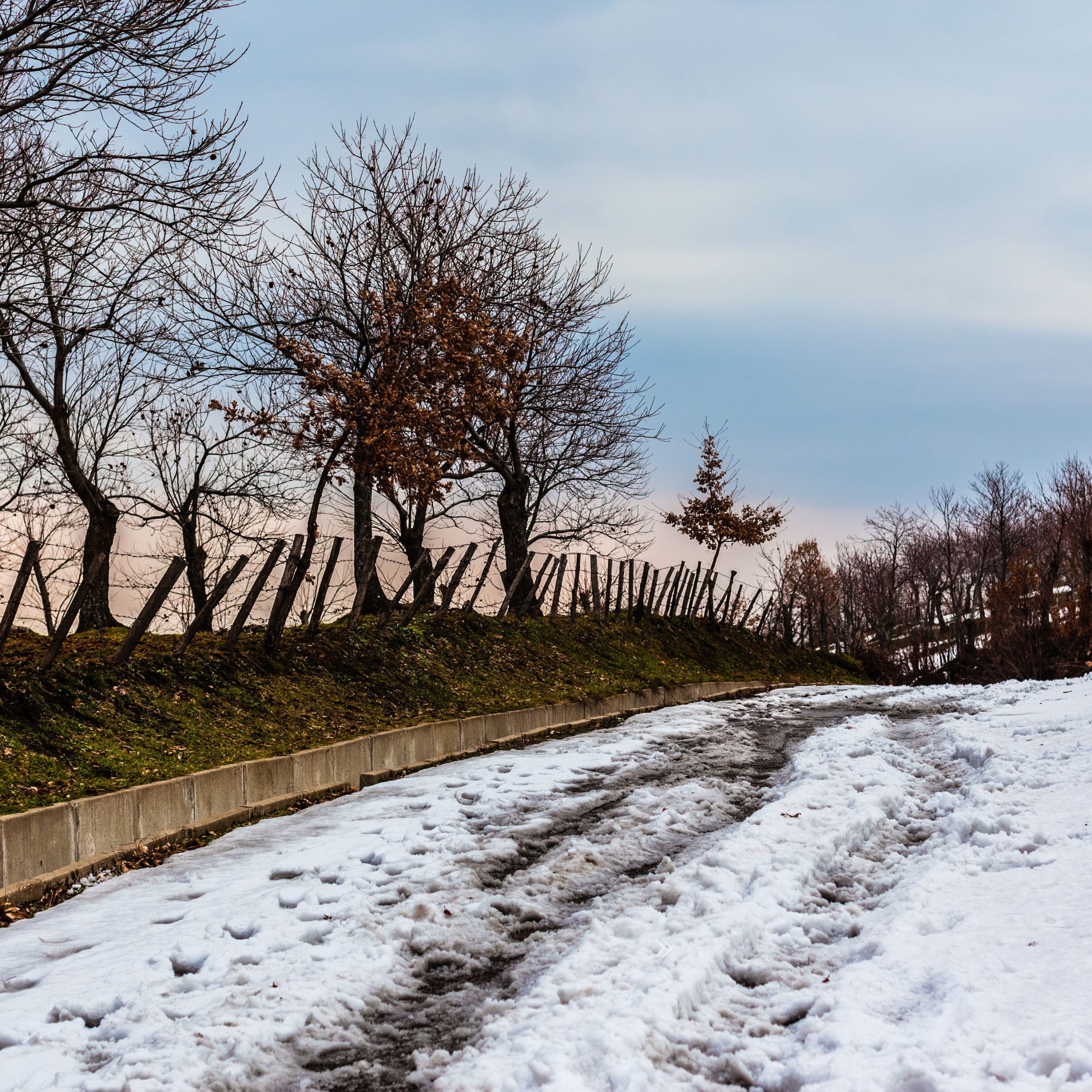Preventing school closures during snow and ice conditions can be challenging, but implementing gritting measures can help improve safety and keep schools open.
Here are some steps that can be taken to prevent school closure during snow and ice conditions.
- Develop a snow and ice management planning. Create a comprehensive plan that outlines the procedures to be followed during snowy and icy conditions. This plan should include details on gritting, snow removal, and communication protocols and could help prevent school closure during snow and ice conditions.
- Monitor weather forecasts. Stay updated on weather forecasts to anticipate potential snow or ice events. This will help you prepare in advance and take appropriate action.
- Gritting and salting. Gritting involves spreading coarse sand or salt on walkways, driveways, and other areas to increase traction and melt ice. Develop a gritting schedule and ensure that designated personnel are trained in proper gritting techniques. Focus on key areas such as entrances, walkways, parking areas, and bus loading zones.
- Purchase adequate equipment. Invest in snowplows, salt spreaders, shovels, and other necessary equipment to effectively manage snow and ice. Make sure the equipment is properly maintained and readily available when needed.
- Pre-treatment. Whenever possible, pre-treat surfaces with a liquid de-icer before a snow or ice event. This helps prevent ice from forming and makes subsequent snow removal easier.
- Collaborate with local authorities. Stay in contact with local authorities responsible for road maintenance and snow removal. Coordinate efforts to ensure that access roads leading to the school are cleared in a timely manner.
- Clear snow regularly. Establish a schedule for clearing snow and ice from all critical areas, such as pathways, stairs, and parking lots. Regular maintenance will help prevent accumulation and ensure safe passage.
- Communicate with staff, students, and parents. Keep all stakeholders informed about weather conditions, school closure decisions, and any changes in schedules. Use various communication channels, such as email, text messages, social media, and school websites, to disseminate information promptly.
- Educate students and staff. Teach students and staff about winter safety practices, including walking carefully on icy surfaces, wearing appropriate footwear, and reporting any hazards they come across.
- Consider remote learning. In extreme cases where it is unsafe to keep the school open, have a plan in place for transitioning to remote learning. This way, students can continue their education even if physical attendance is not possible.
Remember, safety should be the top priority when deciding whether to keep a school open during severe weather conditions. If conditions become too hazardous despite preventive measures, it may still be necessary to close the school for the well-being of students and staff.
Consulting experts about gritting premises is important for several reasons:
- Expert knowledge. Gritting experts have specialised knowledge and experience in snow and ice management. They understand the complexities involved in effectively gritting different types of premises, such as schools, commercial properties, residential areas, and public spaces. Their expertise allows them to assess specific needs, identify potential hazards, and implement the most appropriate gritting strategies.
- Tailored solutions. Every premises is unique, with varying layouts, surfaces, and usage patterns. Gritting experts can conduct a thorough assessment of your premises and develop a customised gritting plan that takes into account its specific characteristics. They can recommend the appropriate gritting techniques, equipment, and materials that will be most effective for your premises.
- Safety and compliance. Gritting premises involves ensuring the safety of pedestrians and vehicles by minimising the risk of slips, falls, and accidents caused by icy surfaces. Experts can help you navigate safety regulations and compliance requirements related to snow and ice management. By consulting experts, you can ensure that your premises adhere to the necessary safety standards and minimise the potential for liability issues.
- Optimal resource utilisation. Gritting experts can help you optimise the use of resources such as gritting materials, equipment, and manpower. They have knowledge of the most efficient gritting techniques, application rates, and timing based on weather conditions and surface types. This ensures that you use the right amount of materials, minimise wastage, and reduce overall costs.
- Timely response. Weather conditions can change rapidly, and prompt action is crucial when it comes to gritting premises. Gritting experts can provide emergency response services and be available on short notice to address sudden weather changes. Their expertise and resources enable them to respond quickly and effectively, minimising the impact of snow and ice on your premises.
- Environmental considerations. Gritting experts are knowledgeable about environmentally friendly gritting practices. They can guide you in selecting eco-friendly gritting materials that have minimal impact on surrounding vegetation, water bodies, and the overall environment. They can also help you adopt sustainable practices and minimise the use of harmful substances.
- Efficiency and effectiveness. Gritting experts understand the best practices for achieving optimal results. They can advise on the most efficient gritting schedules, techniques, and equipment to ensure effective snow and ice management. By consulting experts, you can maximise the effectiveness of your gritting operations, reducing the likelihood of accidents, disruptions, and closures.
In summary, consulting experts about gritting premises allows you to benefit from their specialised knowledge, experience, and resources, ensuring the safety, compliance, and efficiency of your snow and ice management efforts.
By talking to the experts you can help prevent school closure during snow and ice conditions.






